Retinol Creams: Skincare Game Changers
When it comes to achieving a youthful and radiant complexion, there's a skincare ingredient that stands out above the rest – retinol. Retinol creams have long been hailed as game-changers in the world of skincare. In this comprehensive guide, we'll explore what retinol is, how it works, its benefits, how to use it, and some of the best retinol creams available on the market today. Let's dive in!
What is Retinol?

Retinol, a derivative of vitamin A, is a powerful and versatile skincare ingredient. It's been around for decades and is known for its ability to address a wide range of skin concerns. Retinol is available in various forms, including over-the-counter (OTC) creams and prescription-strength products.
How Does Retinol Work?
Retinol works by stimulating the production of collagen, a protein that helps maintain the skin's elasticity. It also promotes skin cell turnover, which means it helps shed old, damaged skin cells and encourages the growth of new, healthier ones. This dual action leads to several remarkable benefits for the skin.
The Benefits of Retinol

1. Reduced Wrinkles and Fine Lines
Retinol is perhaps best known for its anti-aging properties. By boosting collagen production and speeding up cell turnover, it can visibly reduce the appearance of wrinkles and fine lines, helping you achieve smoother and younger-looking skin.
2. Improved Skin Texture
Retinol can also help improve the texture of your skin. It smooths rough patches, diminishes the look of pores, and evens out skin tone, leaving your complexion looking more refined and radiant.
3. Acne Treatment
If you struggle with acne, retinol may be your secret weapon. It unclogs pores, reduces inflammation, and regulates oil production, making it an effective treatment for both teenage and adult acne.
4. Hyperpigmentation
Retinol is effective at fading dark spots, sunspots, and hyperpigmentation. With consistent use, you can achieve a more even skin tone and reduce the appearance of these blemishes.
5. Prevention of Aging Signs
Using retinol at a younger age can also be beneficial. It can help prevent the development of premature signs of aging, ensuring your skin remains youthful and healthy-looking for years to come.
How to Use Retinol Creams

To maximize the benefits of retinol while minimizing potential side effects, it's essential to use it correctly:
Start Slowly:
Begin with a lower concentration of retinol and gradually increase it as your skin builds tolerance. This can help reduce the likelihood of irritation.
Use at Night:
Retinol can make your skin more sensitive to the sun, so it's best applied at night. Be sure to use sunscreen during the day to protect your skin.
Follow with Moisturizer:
After applying retinol, follow up with a moisturizer to lock in hydration and prevent dryness.
Be Patient:
Results may not be immediate. It can take several weeks to notice significant improvements in your skin.
Basic Retinol Skincare Routine:
Evening Routine:
-
Cleanser: Begin by cleansing your face with a gentle cleanser to remove makeup, dirt, and impurities.
-
Toner (Optional): Apply a soothing, alcohol-free toner to balance your skin's pH levels.
-
Retinol Application: On dry, clean skin, apply a pea-sized amount of your chosen retinol cream or serum. Start with a lower concentration if you're new to retinol.
-
Moisturizer: Follow up with a moisturizer to lock in hydration and reduce the risk of dryness or irritation.
-
Eye Cream (Optional): Apply an eye cream to target the delicate skin around your eyes.
-
Night Cream (Optional): For added moisture, use a night cream if your skin tends to be on the drier side.
Morning Routine:
-
Cleanser: Cleanse your face with a gentle cleanser in the morning to refresh your skin.
-
Sunscreen: Apply a broad-spectrum sunscreen with SPF 30 or higher to protect your skin from UV damage. This step is crucial as retinol can make your skin more sensitive to the sun.
Advanced Retinol Skincare Routine:
For those looking to further enhance their skincare routine with retinol, here's an advanced version:
Evening Routine:
-
Double Cleansing: Start with an oil-based cleanser to remove makeup and sunscreen, followed by a gentle water-based cleanser.
-
Exfoliation (1-2 times a week): Incorporate a natural exfoliant to complement the benefits of retinol by promoting smoother skin.
-
Toner: Use a hydrating and soothing toner to prep your skin.
-
Retinol Application: Apply your chosen retinol product as previously instructed.
-
Serum (Optional): Add a hydrating or antioxidant-rich serum to address specific concerns like hydration or skin brightening.
-
Moisturizer: Follow up with a moisturizer suited to your skin type.
-
Eye Cream: Apply an eye cream to target fine lines and puffiness around the eyes.
-
Night Cream: Use a nourishing night cream for added hydration and repair.
Morning Routine:
-
Cleanser: Cleanse your face in the morning to refresh your skin.
-
Antioxidant Serum: Apply a serum containing antioxidants to protect your skin from environmental damage.
-
Sunscreen: Top it off with a broad-spectrum sunscreen with SPF 30 or higher.
Remember that consistency is key when using retinol, and it's essential to introduce it gradually into your routine to avoid irritation. Start with retinol application 2-3 times a week, and gradually increase the frequency as your skin becomes accustomed to it. Additionally, always use sunscreen during the day to protect your skin from the sun's harmful UV rays, as retinol can make your skin more susceptible to sun damage.
Conclusion
Retinol creams are indeed skincare game changers, offering a wide range of benefits from reducing wrinkles and fine lines to improving skin texture and fighting acne. However, it's crucial to use them correctly, start slowly, and be patient for the best results. Consult with a dermatologist for personalized advice and recommendations based on your specific skin type and concerns. With consistent use and proper care, you can unlock the full potential of retinol and enjoy healthier, more youthful-looking skin.


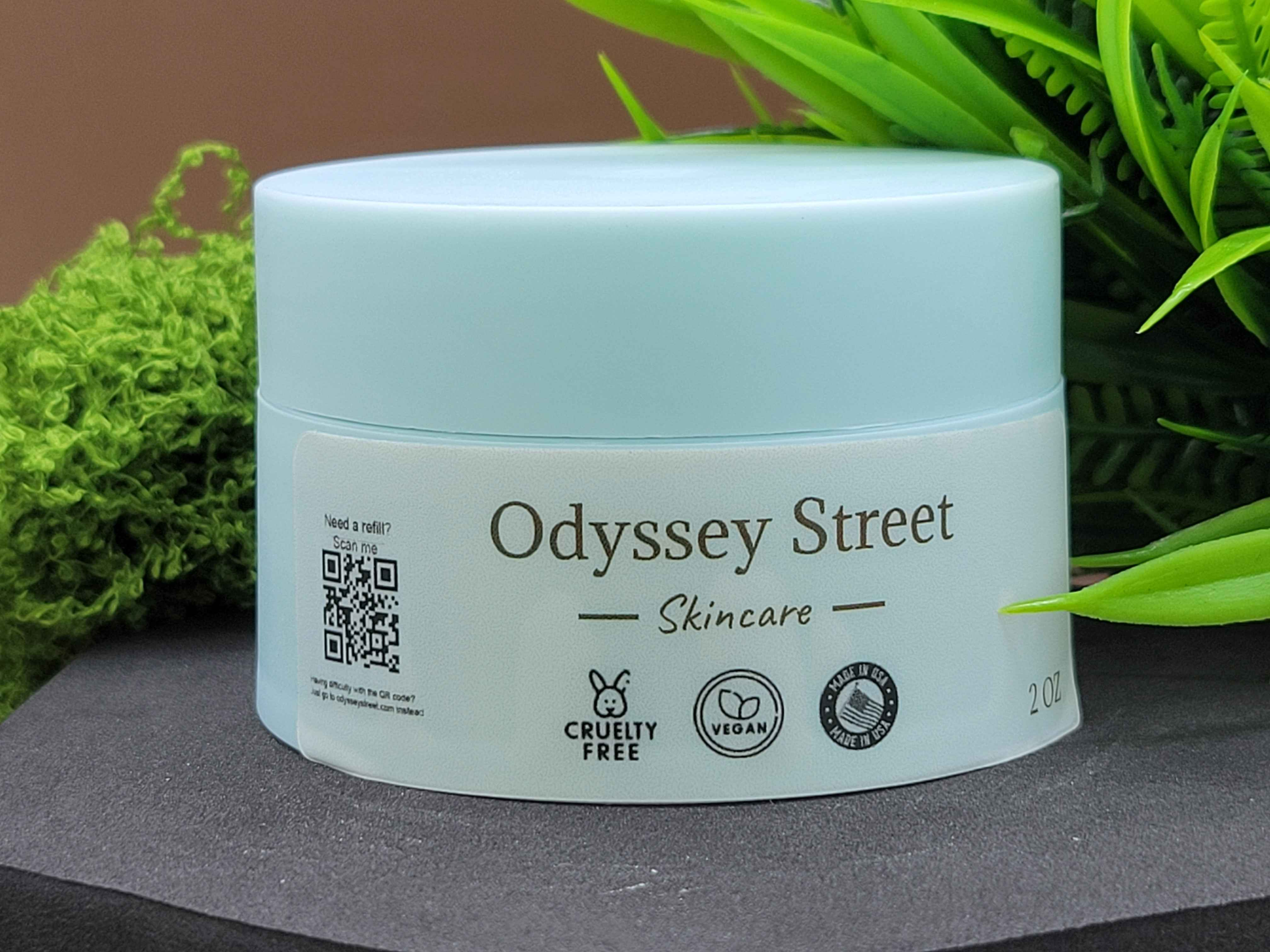
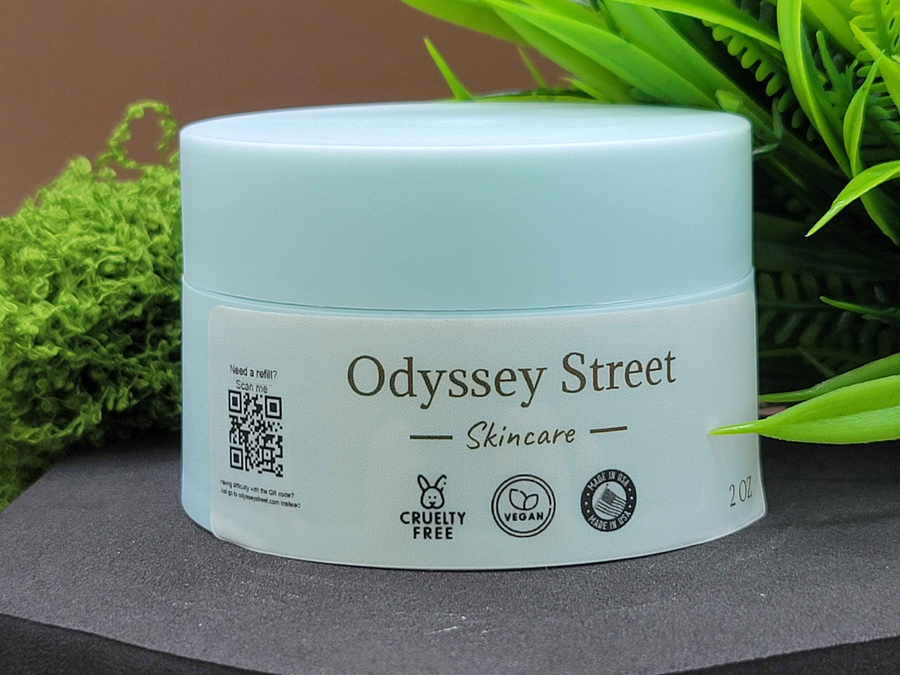
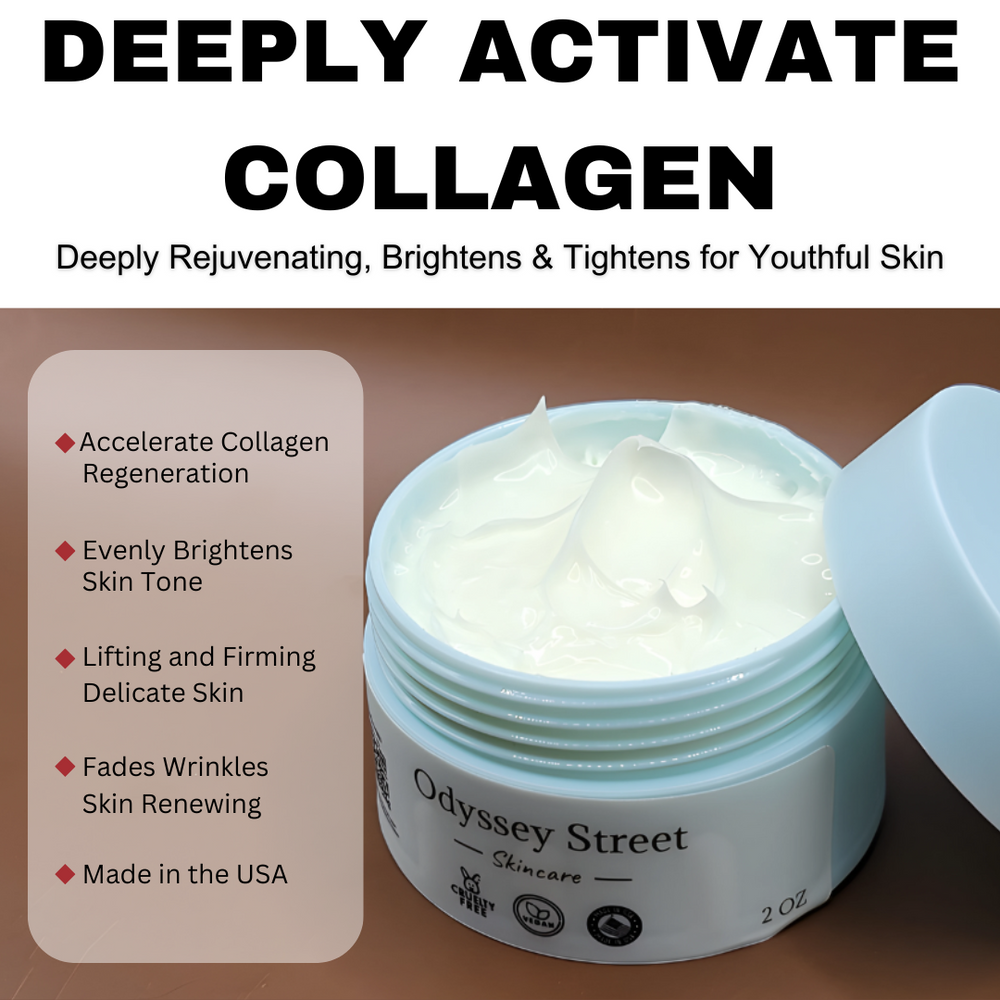
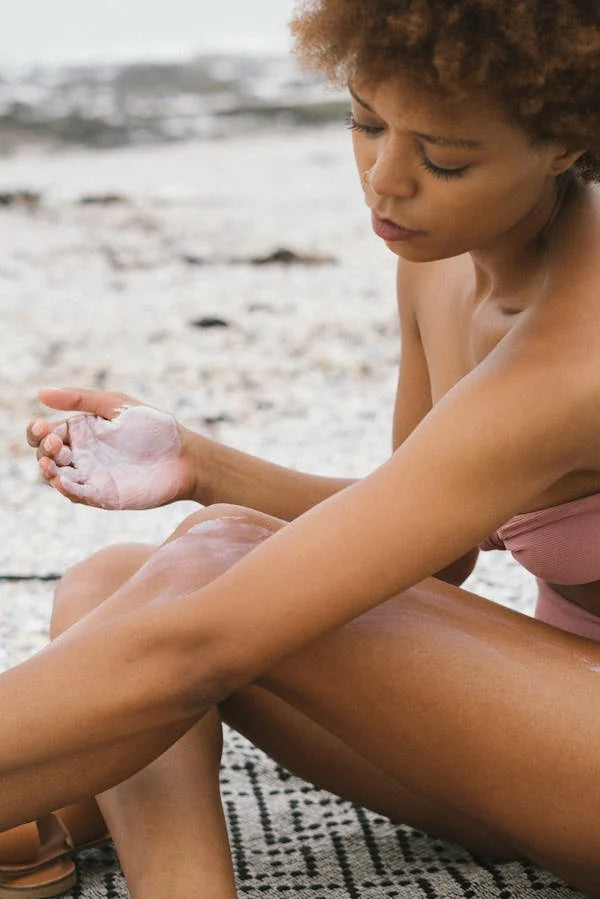

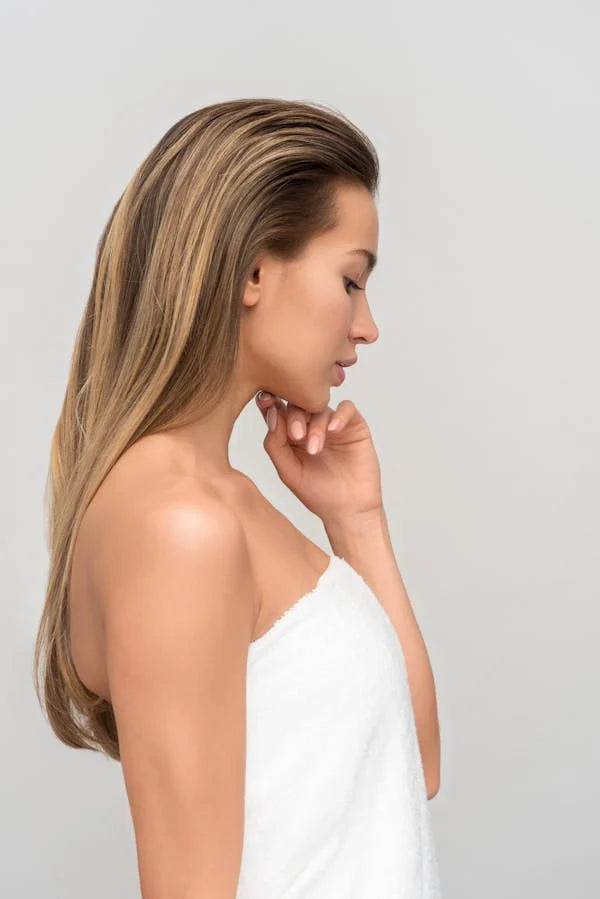
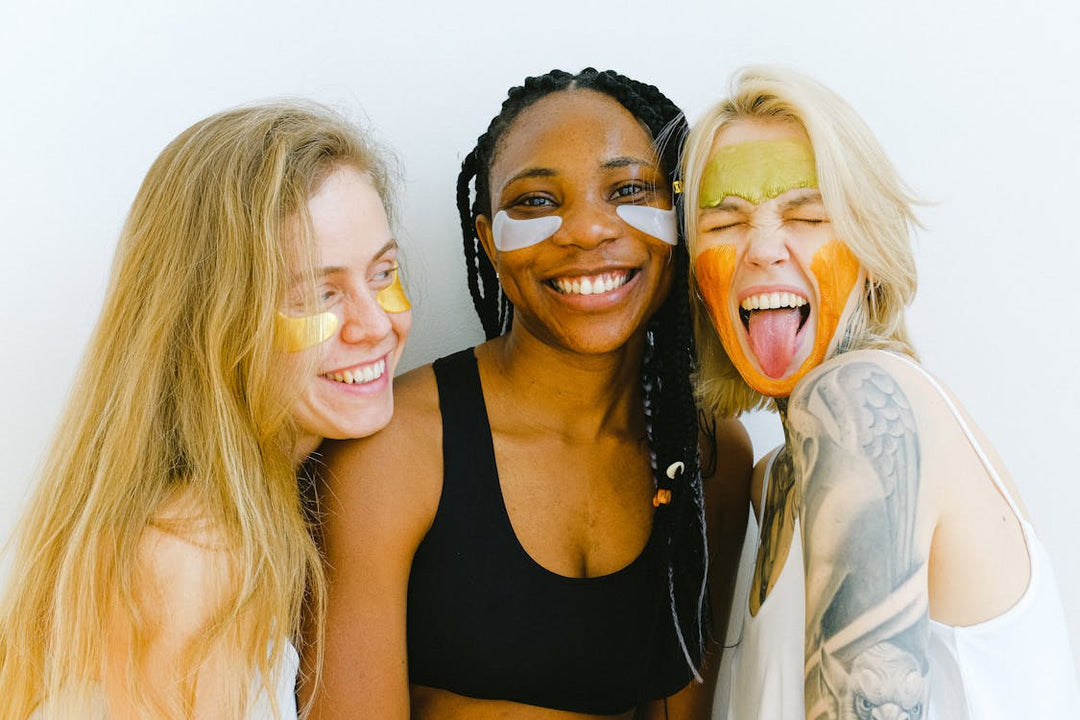
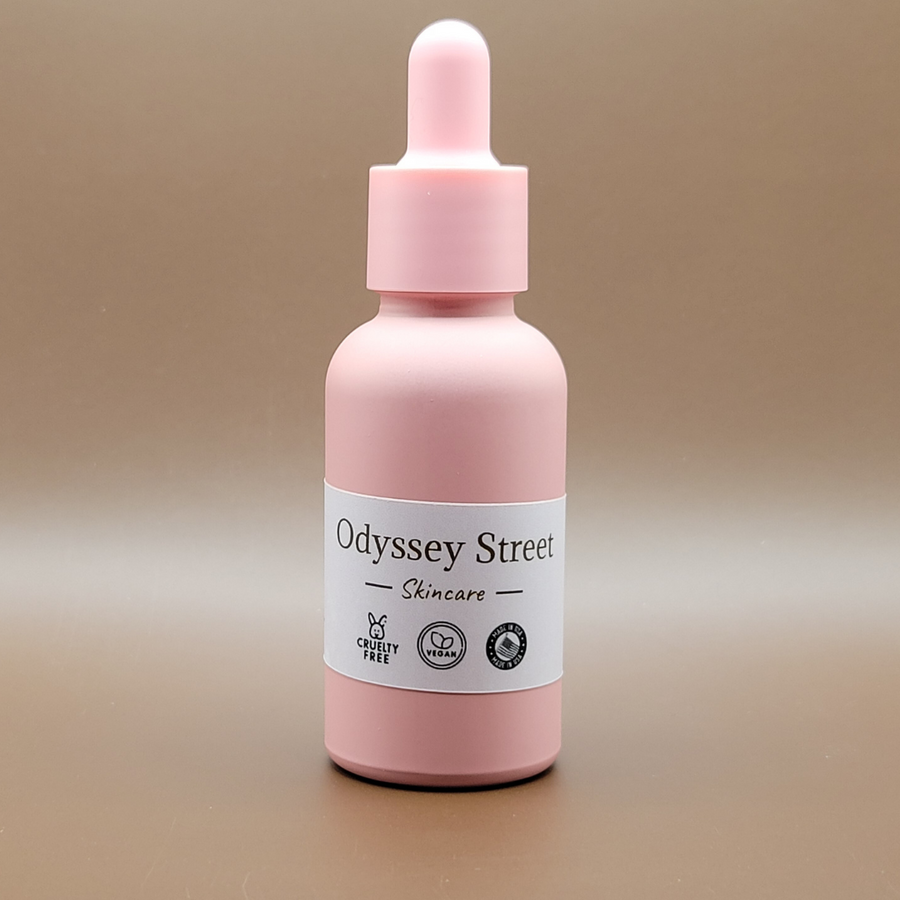
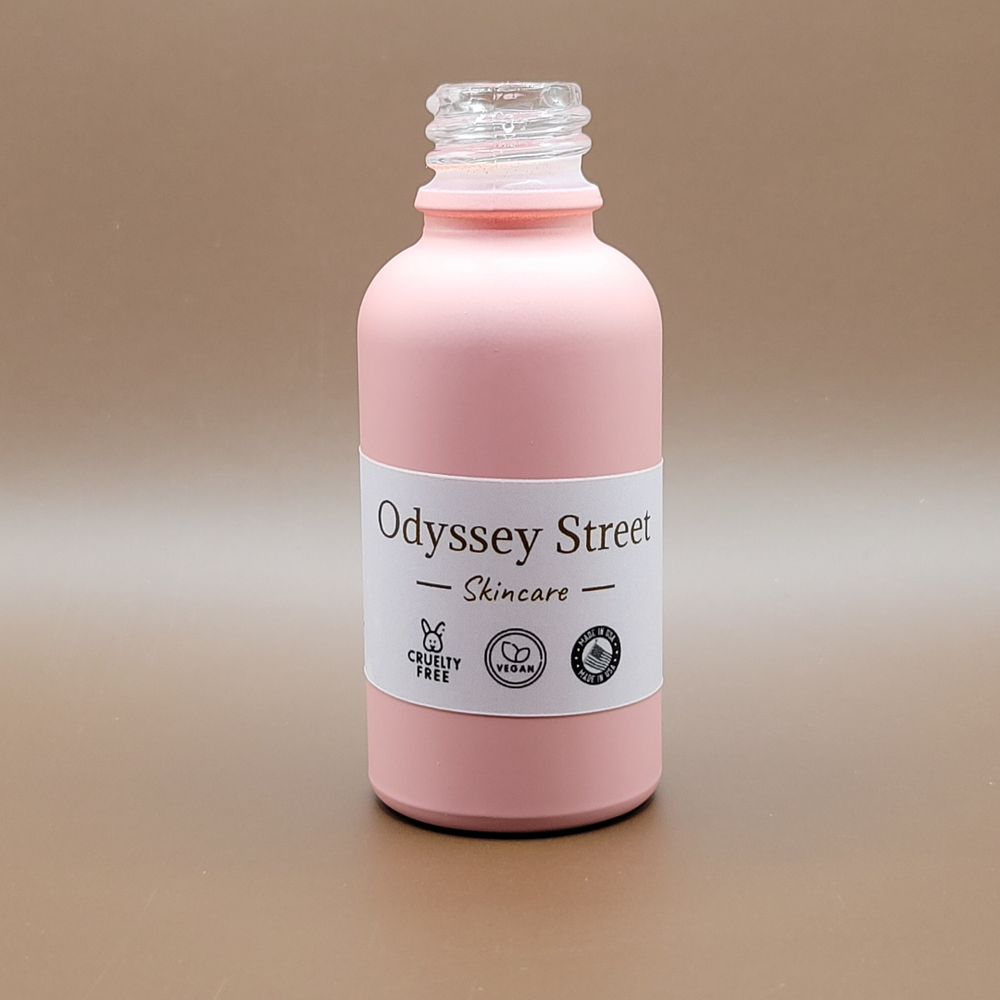
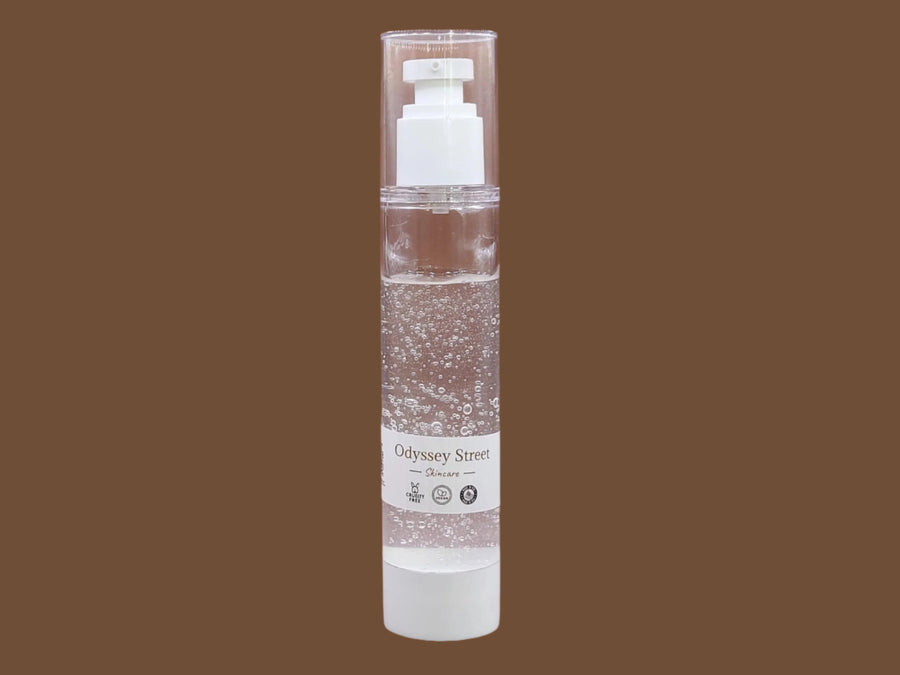
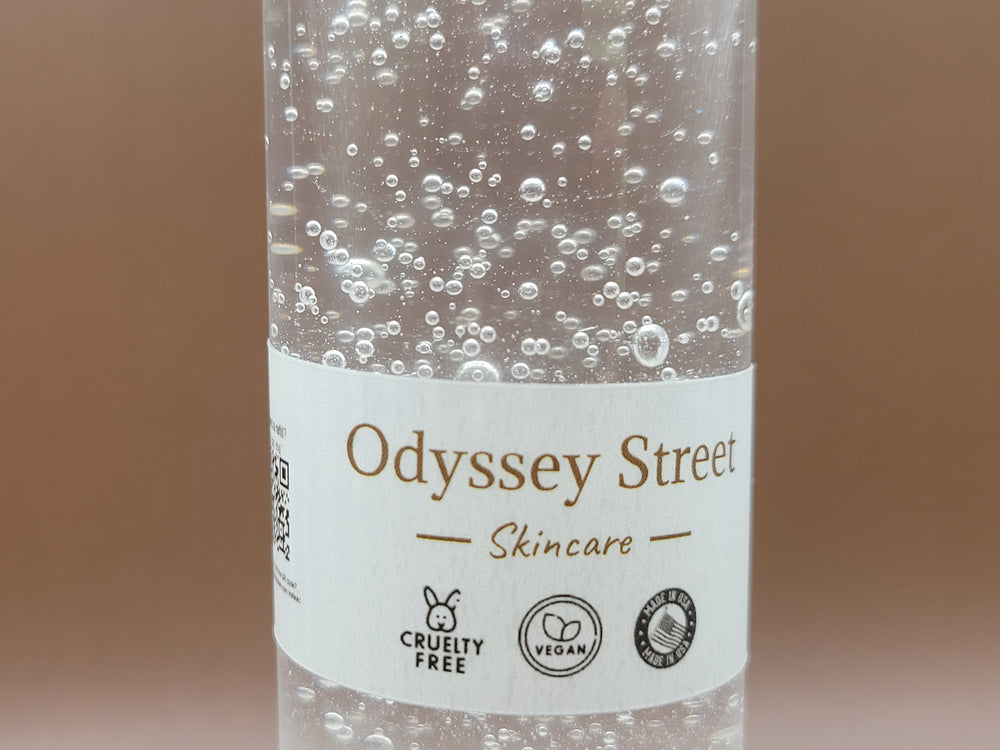
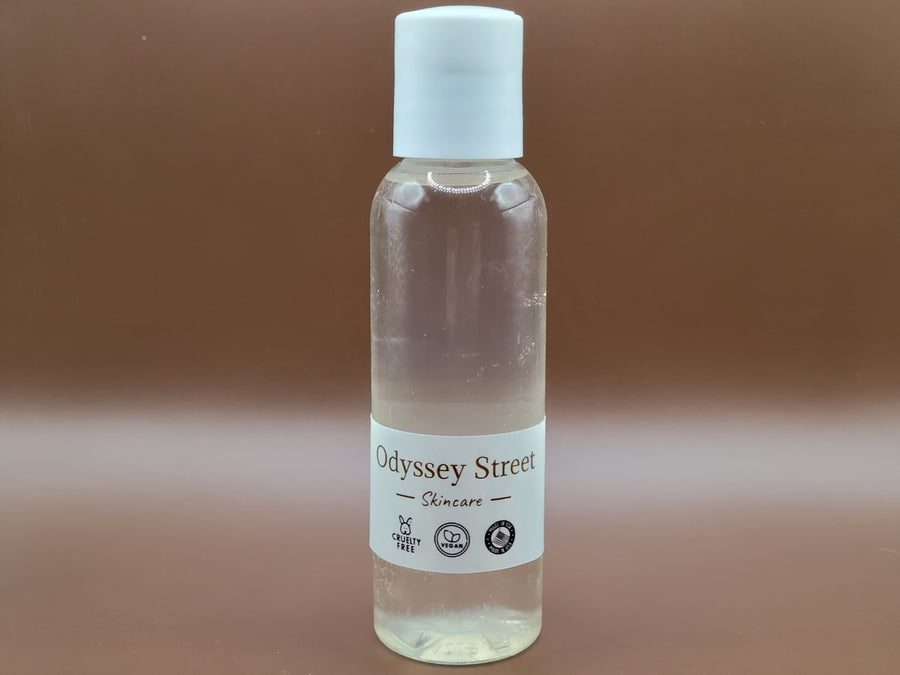
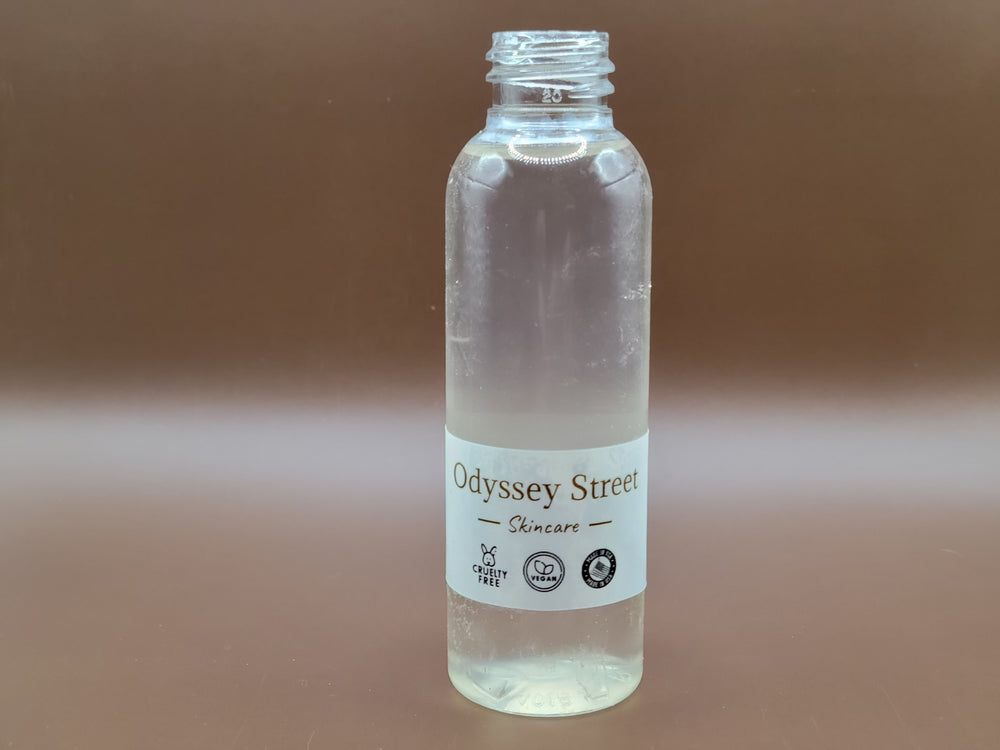

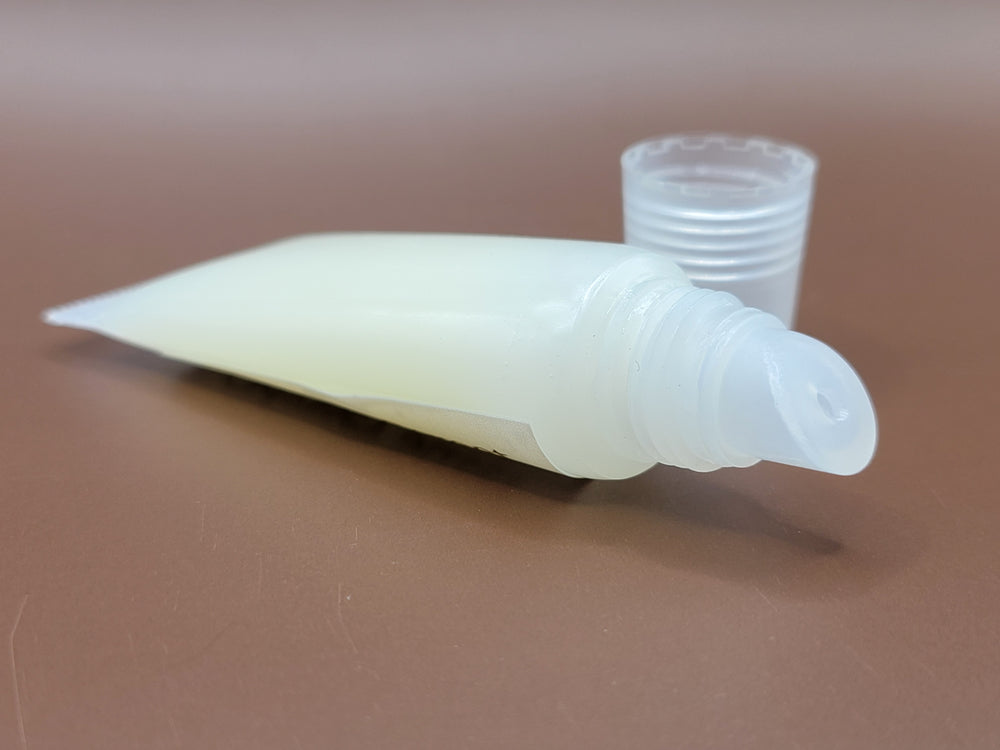
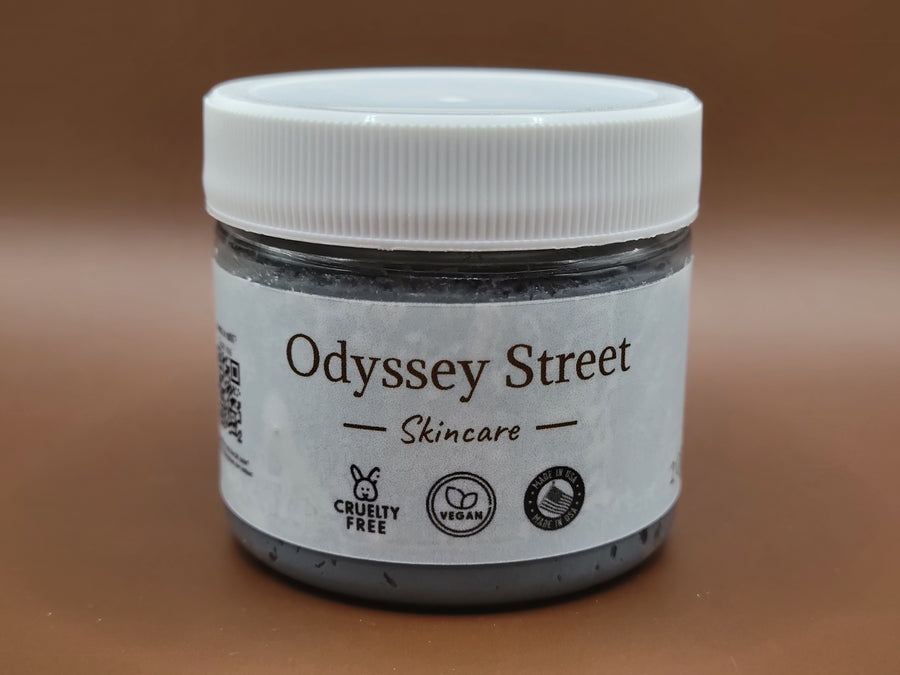
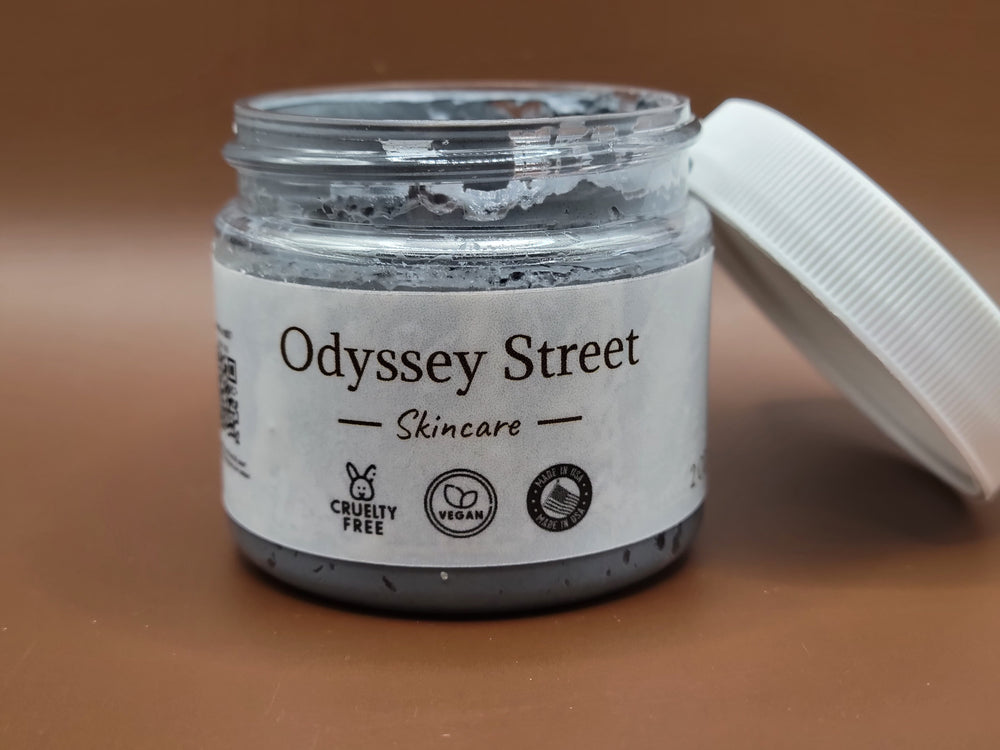
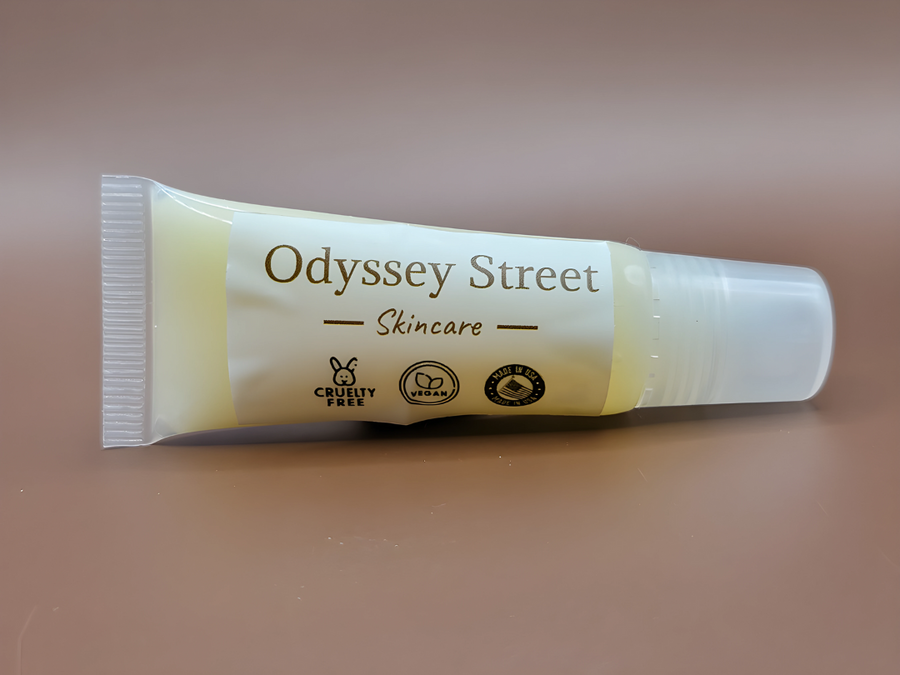
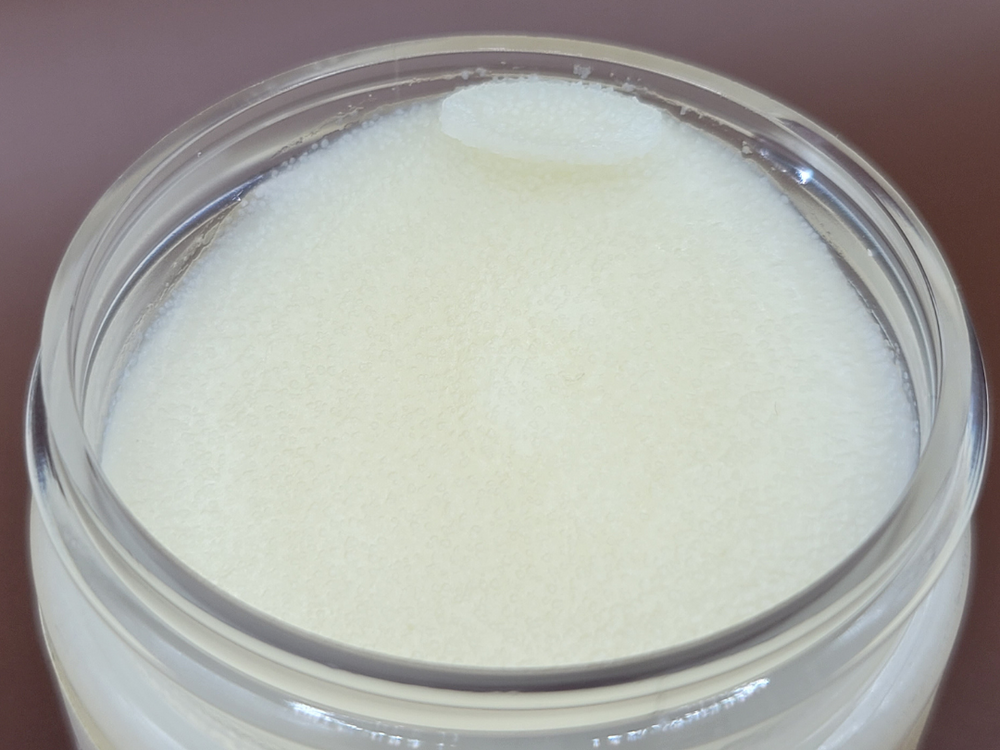
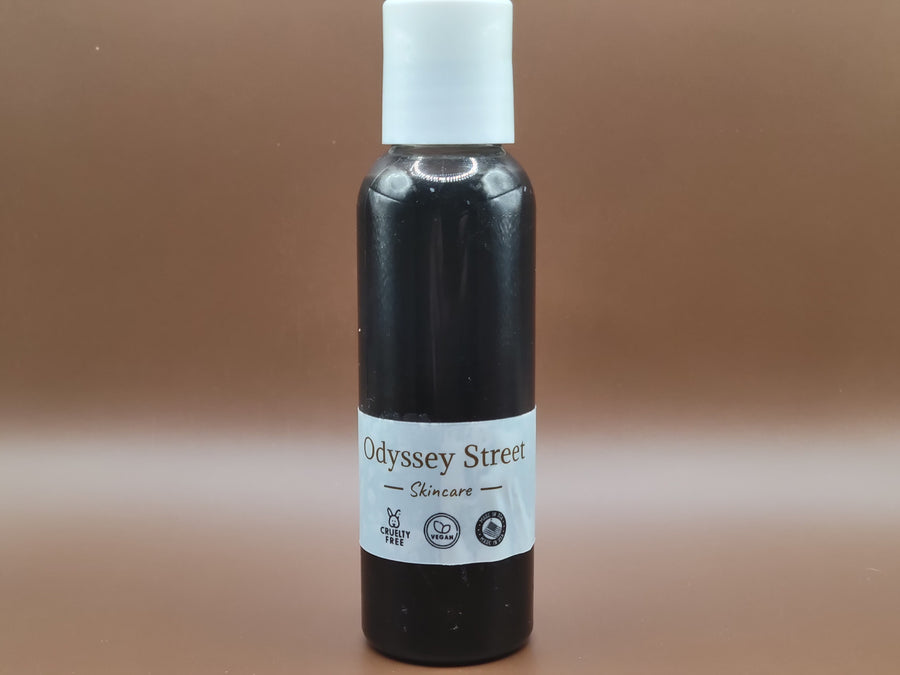
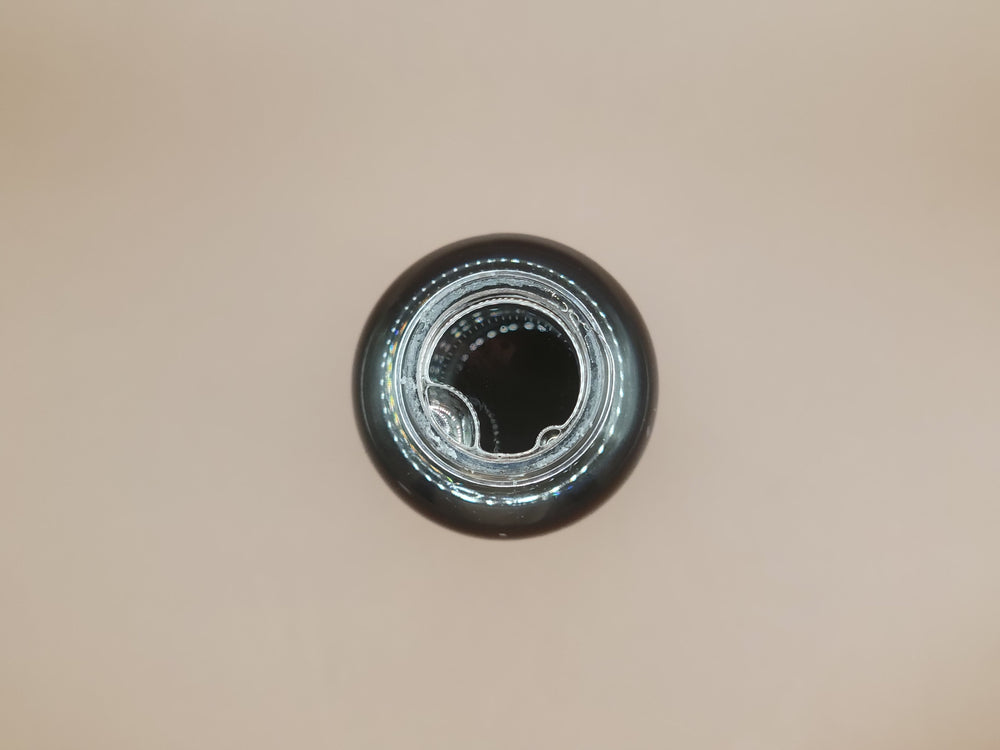
Leave a comment